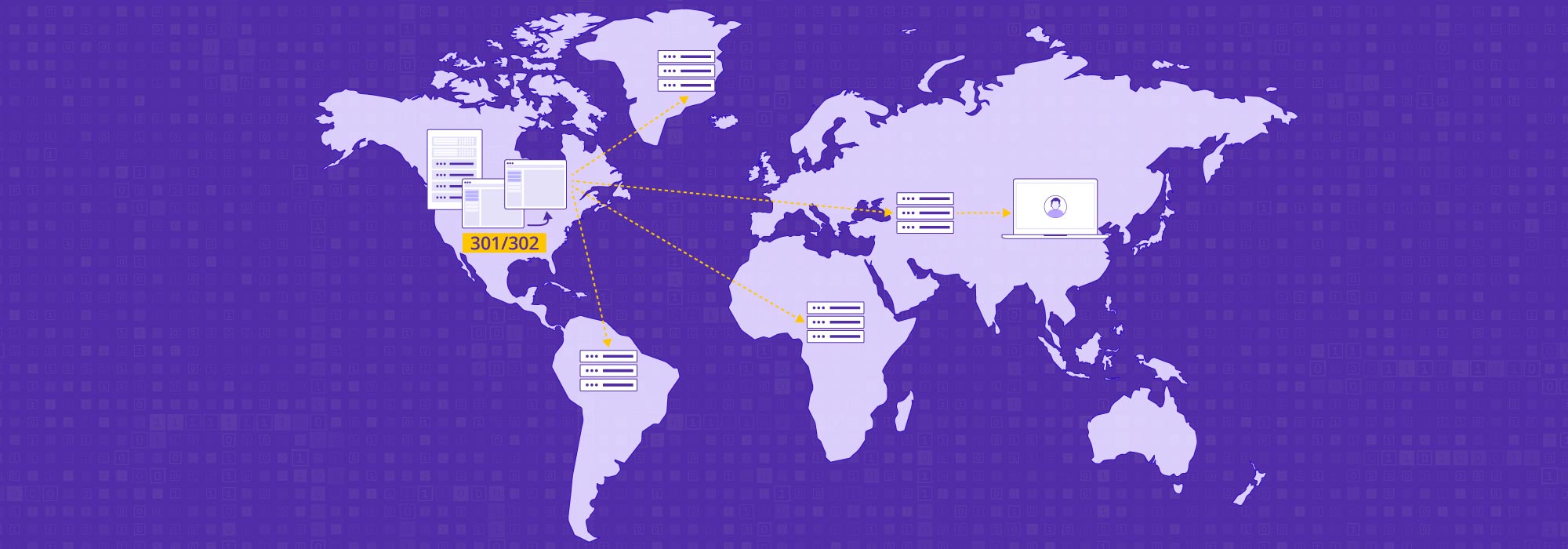Where does the Conventional CDN Price Model Fall Short?
Nowadays, most traditional CDN providers charge for their services based on the bytes delivered or the 95p bandwidth during the billing cycle. They usually set different unit prices for dynamic and static content due to the higher costs associated with dynamic content delivery. Some providers even use different platforms to serve these two types of content.
Although this price model has been accepted in the industry, it has several significant problems. First, it requires a customer or CDN provider to manually classify the service domains into static and dynamic categories, which is not always an easy task because some domains may have a mixture of content types. This practice also makes domain onboarding estimated guesswork and can confuse customers. Compared with static domains, different dynamic domains may have very different traffic patterns that require very different costs to deliver them. The complexity of the situations adds more uncertainty to the price setting. Most likely, CDN providers are unsure about the profitability before seeing the actual traffic.
To customers, this price model works like a black box. Everything is lumped into a per-GB or per-Mbps price, with no options for customers to fine-tune performance or save costs.
How does the CDN Pro Price Model Solve the Problem?
CDNetworks’ CDN Pro is an edge cloud platform with a server group-based price model that offers price transparency. The price model is ideally suited for the modern CDN and removes uncertainties from the billing process.
CDN Pro organizes CDN Pro global Points of Presence (PoPs) into four server groups: Standard, Premium, Deluxe, and Ultra based on cost from lowest to highest. The CDN Pro price model includes server group prices, CPU usage costs, and optional add-on feature costs to reflect resource consumption accurately for different types of traffic. Server group prices are unit prices for the traffic volume served by each server group per GB or per Mbps. The CPU cost is based on CPU resource usage, and the optional feature prices are based on the functions customers select to best serve specific types of traffic.
The CDN Pro price model ensures that each customer is charged fairly for the resources they use. The server groups’ cost-based categorization enables the money saved from CDN Pro to be passed to customers. Optional features can be enabled and charged separately. Customers can choose the server groups and features based on their budget to maximize performance and minimize costs.
How does the CDN Pro Price Model Work with Static and Dynamic Delivery?
CDN Pro is designed to remove all uncertainty in the pricing process. It neither requires explicit categorization of the CDN domains when onboarding them to the system nor sets different unit prices for traffic types. Instead, it provides server groups and optional features that customers can choose based on their traffic characteristics. With CDN Pro’s cloud service price model, all the features can be charged separately.
When delivering static traffic, CDN Pro typically caches the content on the CDN Pro edge servers to achieve the best user experience. Customers can select server groups to optimize static content delivery. The cost of the static delivery can be measured by traffic volume or bandwidth cost and CPU usage consumption.
Dynamic content is more latency-sensitive than static content for delivery. To meet latency requirements, customers can use the Ultra server group to obtain the best possible RTT to reach clients. They can also enable “origin_fast_route” to ensure a stable connection to the origin. Since dynamic traffic usually has a smaller request size with higher numbers of Requests Per Second (RPS), the delivery may generate more HTTPS requests or higher CPU consumption. With the CDN Pro price model, all the features can be charged separately. As such, added features can increase the cost of dynamic traffic delivery compared to static content delivery.
Furthermore, the CDN Pro price model gives customers choices to find the optimal balance between performance and cost. For example, a customer can choose not to use the Ultra server group to avoid high bandwidth costs and accept a little higher RTT for CDN traffic. Or a customer can improve TLS session reuse to reduce CPU consumption and save CPU usage costs. A customer can also add advanced features to enhance the CDN domain performance at an increased price.
Customers can easily enable the required features on the portal based on their needs after evaluating their return on investment.
Conclusion
CDN Pro’s price model does not differentiate between static and dynamic content delivery. The service charge is simply based on the features enabled for each domain instead of adopting an artificial categorization of domains into different traffic types.
For more information about the CDN Pro price model, visit the CDNetworks website here and contact sales to try CDN Pro for your static and dynamic traffic delivery.



